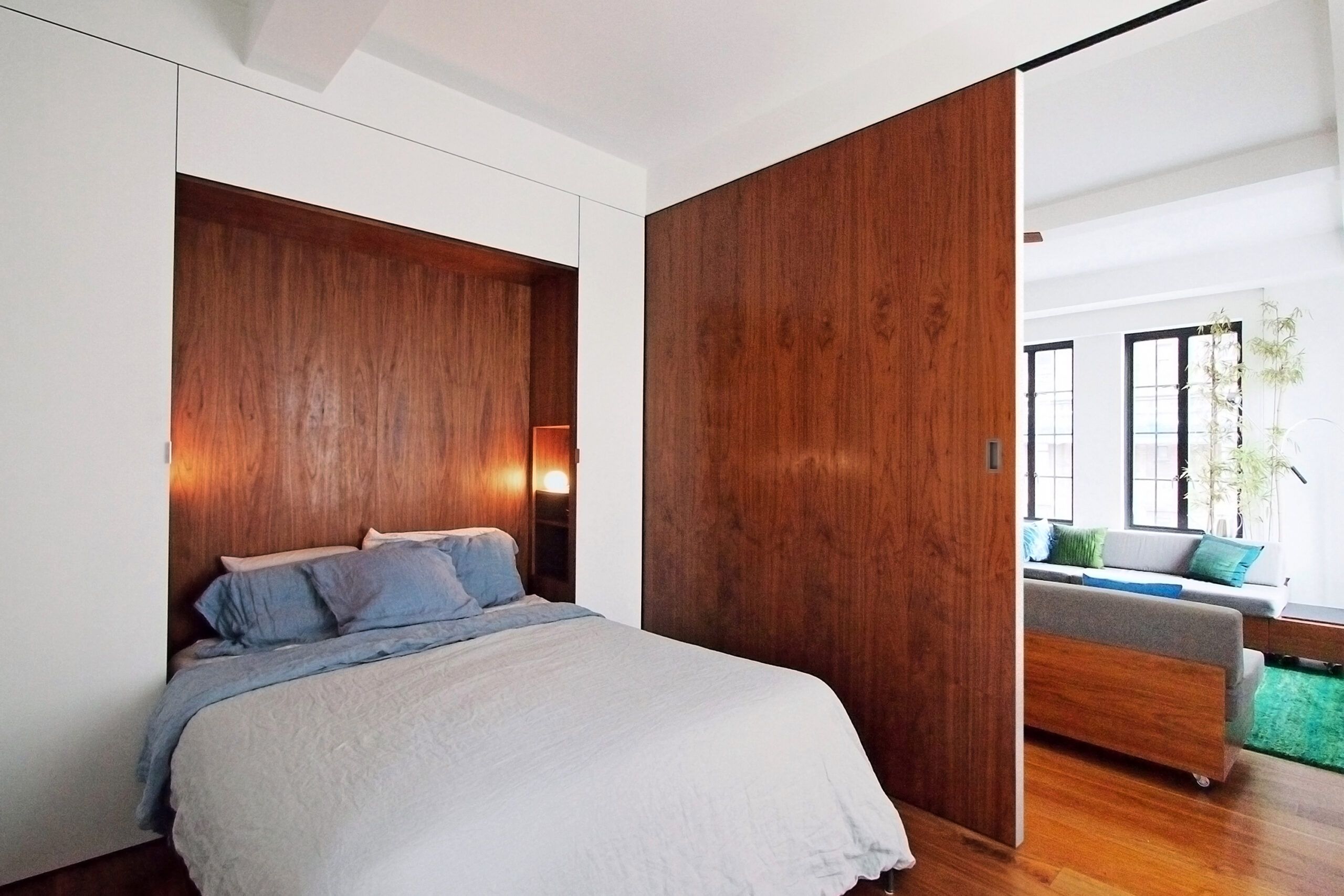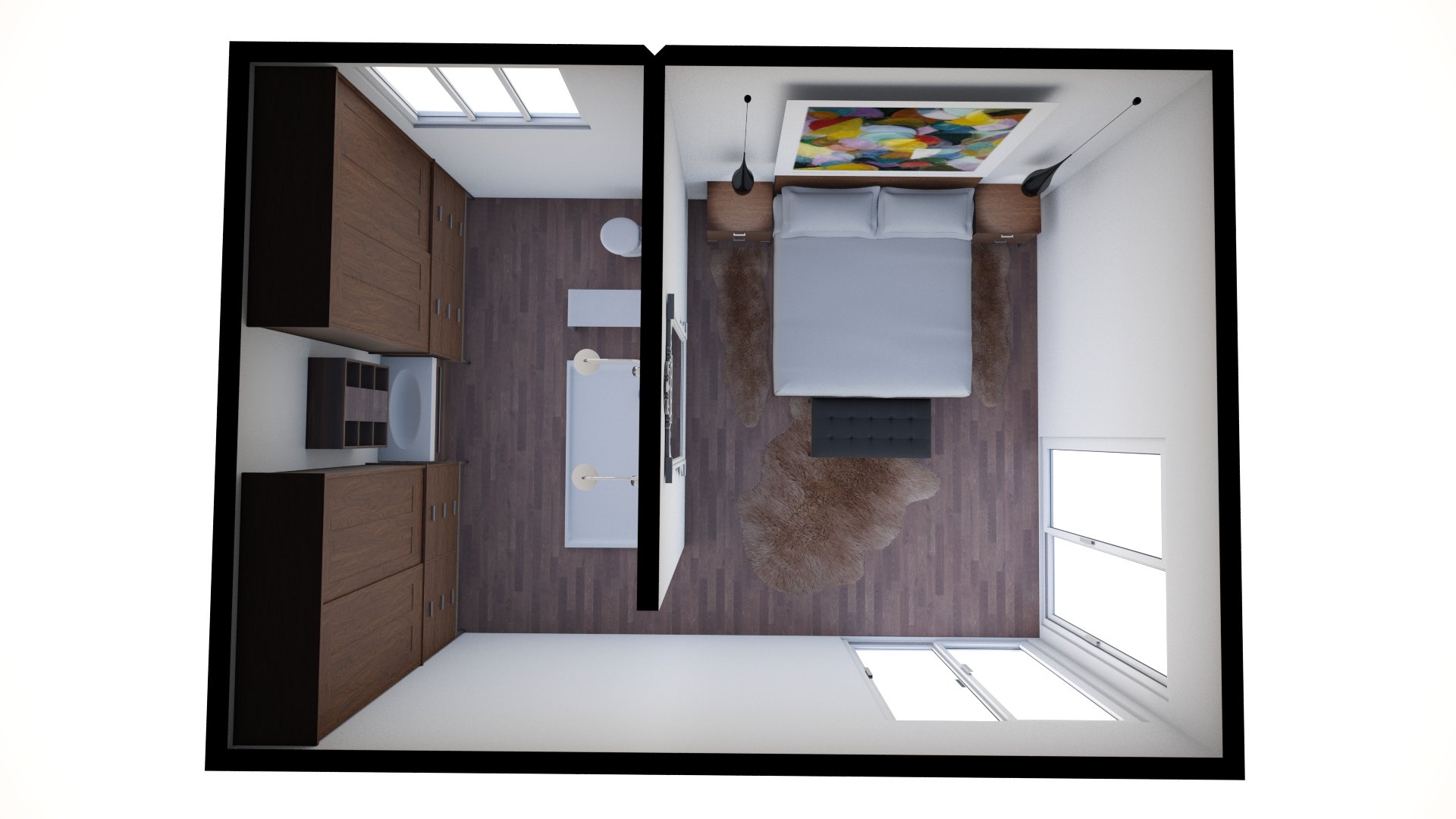Space Maximizing Strategies

Dividing a small bedroom into two functional spaces necessitates a strategic approach to maximizing the available area. This is where the principles of decluttering and minimalist design become invaluable.
Decluttering and Minimalist Design
Decluttering is the cornerstone of maximizing space in any room, particularly in a small bedroom. A minimalist approach involves keeping only essential items and eliminating clutter, freeing up valuable floor space and creating a sense of spaciousness.
- Purge Unnecessary Items: Conduct a thorough inventory of your belongings and ruthlessly eliminate anything you don’t use, need, or love. Donate, sell, or discard items that no longer serve a purpose.
- Vertical Storage: Maximize vertical space by utilizing shelves, drawers, and storage solutions that stack items high. This minimizes the footprint of furniture and keeps belongings off the floor.
- Multifunctional Furniture: Invest in furniture that serves multiple purposes, such as a bed with built-in storage drawers or a desk that folds away when not in use. This optimizes space and eliminates the need for separate pieces.
Maximizing Vertical Space
Vertical space is often overlooked but presents a significant opportunity to maximize storage and create a sense of openness.
- Wall-Mounted Shelves: Utilize wall-mounted shelves to store books, decorative items, and other belongings, freeing up valuable floor space.
- Storage Ottomans and Benches: Opt for ottomans or benches with built-in storage compartments to store bedding, blankets, or seasonal items.
- Hanging Organizers: Use hanging organizers for clothes, shoes, or accessories, maximizing vertical space and keeping items organized.
Using Mirrors to Create the Illusion of More Space, How to divide a small bedroom in two
Mirrors are a powerful tool for visually expanding a space. By reflecting light and creating the illusion of depth, mirrors can make a small bedroom appear larger.
- Large Mirrors: Place a large mirror on a wall to reflect light and create a sense of depth.
- Mirror Accents: Incorporate smaller mirrors on dressers, nightstands, or walls to add sparkle and reflect light, creating a more expansive feel.
Creating Separate Zones

Dividing a small bedroom into distinct zones is a crucial step in maximizing space and functionality. This allows for a more organized and visually appealing environment. Each zone can be designed to serve a specific purpose, whether it’s for sleeping, studying, or getting ready.
Defining Zones with Furniture, Rugs, and Lighting
Strategic use of furniture, rugs, and lighting can effectively define different zones within a small bedroom.
Furniture serves as the backbone of zone creation. A bed positioned against one wall automatically establishes a sleeping area. A desk placed in a corner can create a dedicated study space. A dresser or vanity can define a dressing area.
Rugs can visually separate zones by creating distinct boundaries. A large rug under the bed designates the sleeping area, while a smaller rug beneath the desk defines the study zone.
Lighting plays a significant role in zone definition. A bedside lamp provides focused illumination for reading or relaxing in bed. A desk lamp offers adequate light for studying or working. Ambient lighting, such as a ceiling fixture or string lights, can create a cozy atmosphere throughout the room.
Furniture Arrangements for Different Zones
The following table presents examples of furniture arrangements for different zones in a small bedroom:
| Zone | Furniture Arrangement | Description | Image |
|—|—|—|—|
| Sleeping Area | Bed positioned against one wall with a nightstand on each side. | This arrangement maximizes floor space and creates a cozy sleeping nook. | [Insert image description here] |
| Study Space | Desk placed in a corner with a chair and bookshelf. | This arrangement creates a dedicated study area without taking up too much space. | [Insert image description here] |
| Dressing Area | Vanity with a mirror, a stool, and a small dresser. | This arrangement provides a dedicated space for getting ready in the morning or evening. | [Insert image description here] |
| Closet | Shelves, drawers, and hanging space. | This arrangement provides ample storage space for clothes and other items. | [Insert image description here] |
Dividing the Space: How To Divide A Small Bedroom In Two

Dividing a small bedroom into two distinct zones is an art form, demanding a delicate balance between functionality and aesthetics. The key lies in selecting the right method to create a sense of separation without sacrificing precious square footage. This section explores the various approaches to dividing your space, weighing their pros and cons, and guiding you toward the perfect solution for your unique needs.
Comparing Division Methods
The most common methods for dividing a small bedroom include room dividers, curtains, and freestanding bookshelves. Each method offers unique advantages and disadvantages, impacting privacy, light, and overall aesthetic appeal.
- Room Dividers: Room dividers are freestanding structures, typically made of wood, metal, or fabric, offering a robust physical barrier. They excel in creating a sense of privacy, especially when opting for solid panels. However, they can be bulky and obstruct light, potentially making the space feel cramped.
- Curtains: Curtains offer a more flexible and visually appealing solution. They can be easily moved or adjusted, allowing for control over light and privacy. Lightweight fabrics create a soft and airy feel, while heavier fabrics provide more privacy. However, curtains lack the structural integrity of room dividers and might not be ideal for creating a completely separate zone.
- Freestanding Bookshelves: Freestanding bookshelves serve a dual purpose, providing storage and acting as a divider. They are visually appealing, offering a sense of openness while still creating a defined separation. However, they might not be suitable for creating a completely private space due to their open structure.
Materials for Room Dividers
Choosing the right material for a room divider is crucial to achieving the desired look and functionality. Here are some popular options:
- Wood: A classic and versatile material, wood offers durability and a warm aesthetic. It can be stained or painted to match your décor. However, wood dividers can be heavy and expensive.
- Metal: Metal dividers provide a sleek and modern look. They are often lightweight and easy to move. However, metal can be cold and might not be as soundproof as other materials.
- Fabric: Fabric dividers offer a soft and airy feel, creating a sense of privacy while allowing light to filter through. They are also lightweight and easy to move. However, fabric dividers might not be as durable as other materials and can be prone to dust accumulation.
- Bamboo: Bamboo dividers are a natural and sustainable option. They offer a rustic and earthy aesthetic. Bamboo is lightweight and relatively inexpensive. However, bamboo dividers might not be as durable as other materials and can be prone to damage from moisture.
How to divide a small bedroom in two – Nah, buat ngebagi kamar kecil jadi dua, bisa pake partisi atau rak. Tapi, kalo mau nuansa ceria, coba liat inspirasi blue green yellow bedroom buat dapetin ide. Kalo udah dapet inspirasi, baru deh kamu bisa mulai ngebagi kamar sesuai keinginan!
Ngatur kamar kecil jadi dua? Gampang! Coba deh liat pictures of blue master bedrooms , banyak ide keren buat nge-desain. Kalo mau kamarnya lebih luas, bisa pake partisi atau gorden aja, simple tapi kece!
